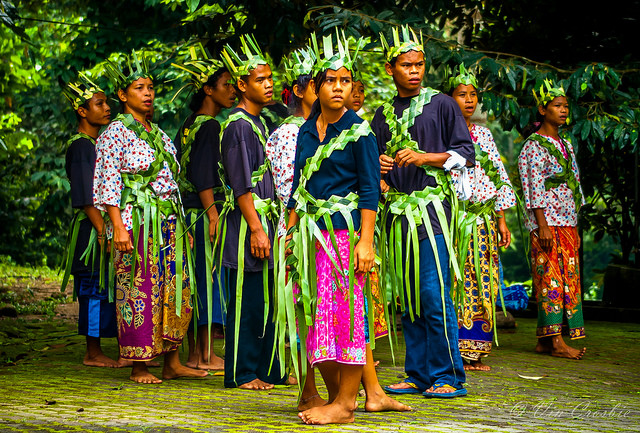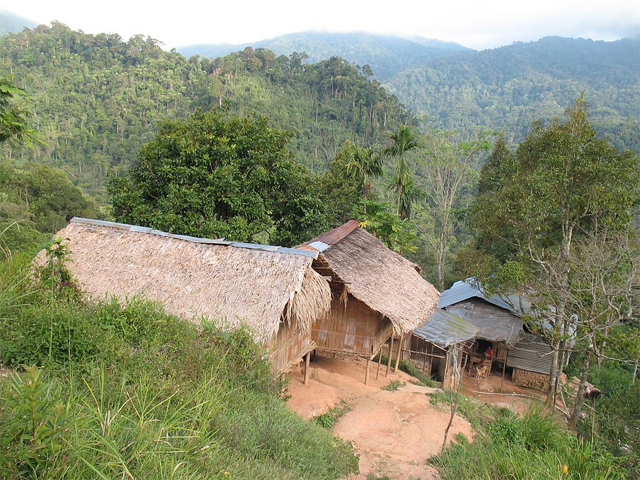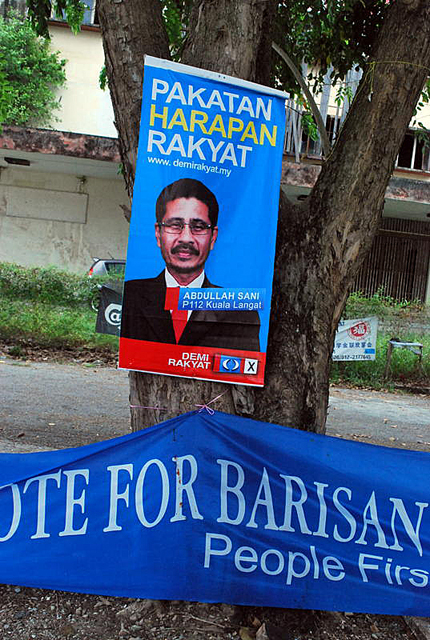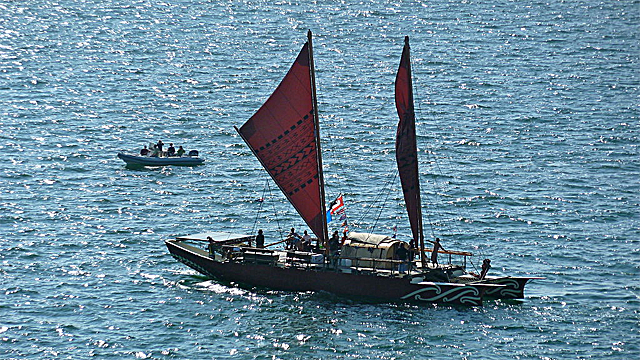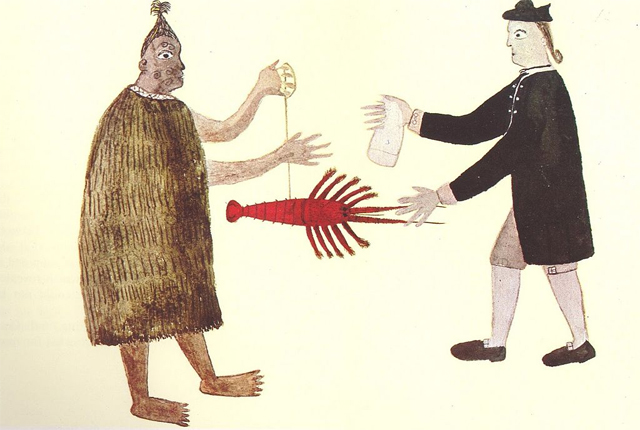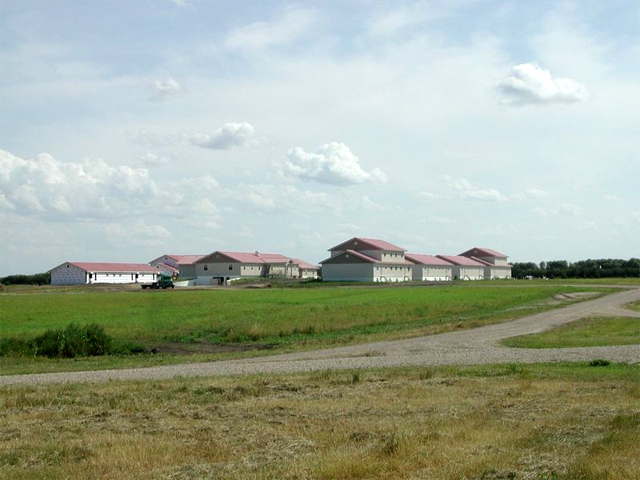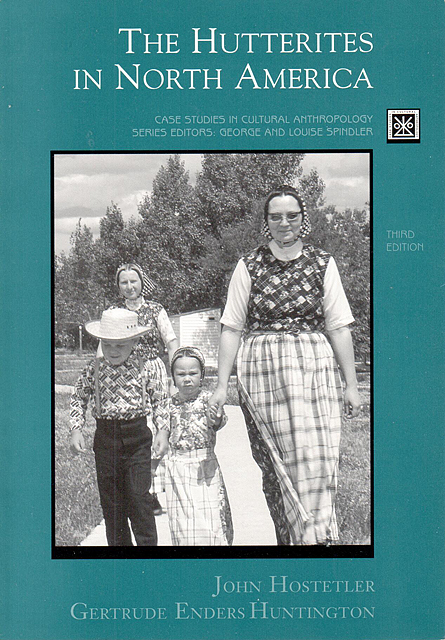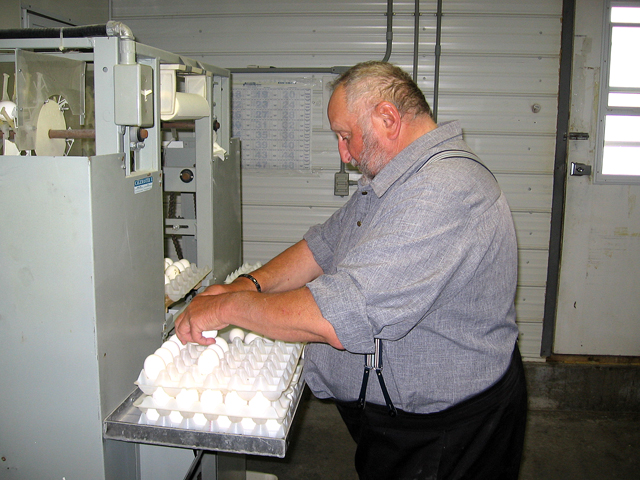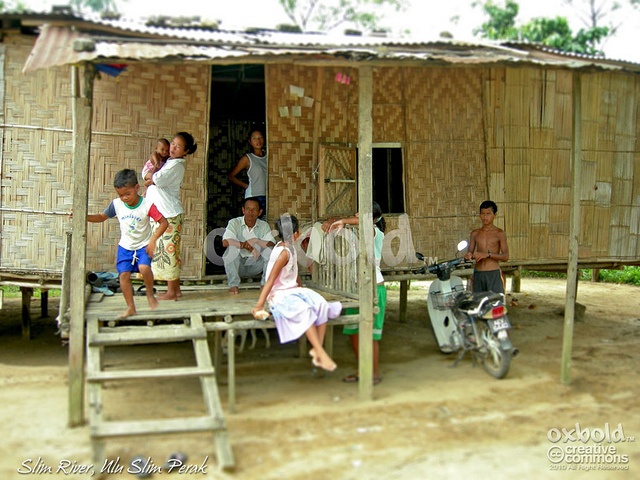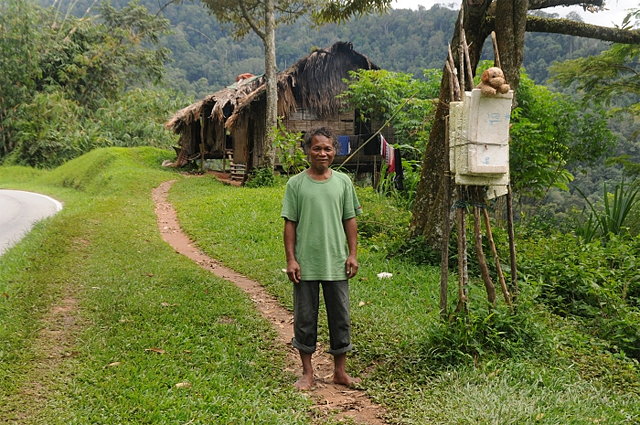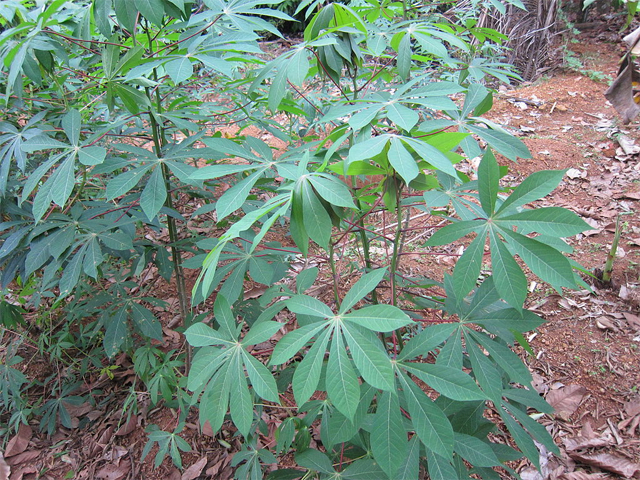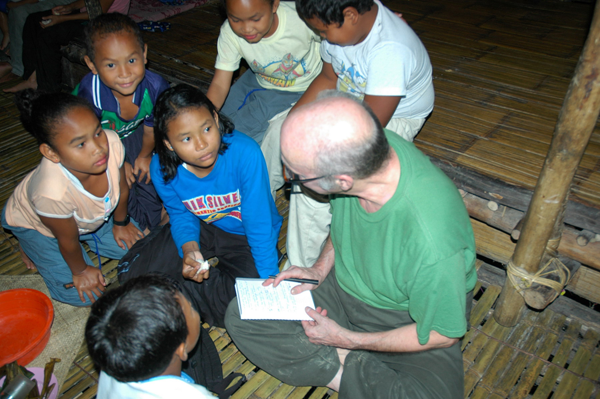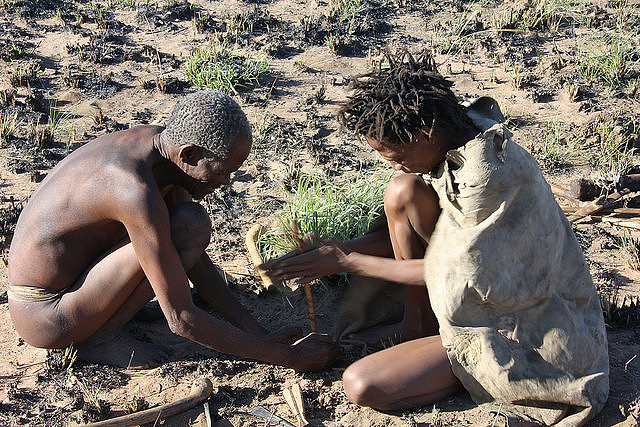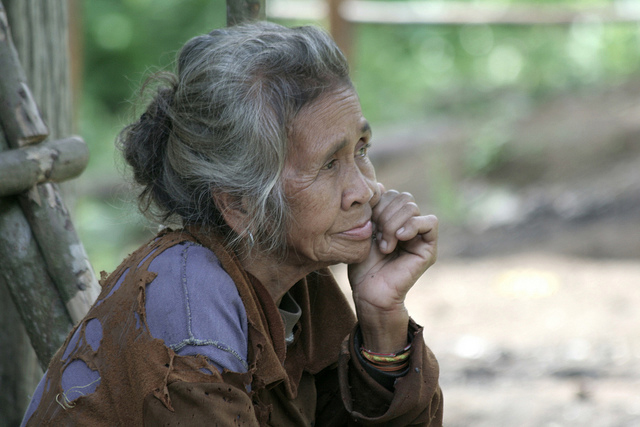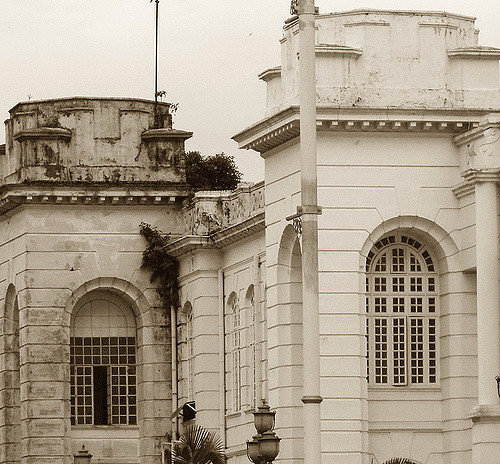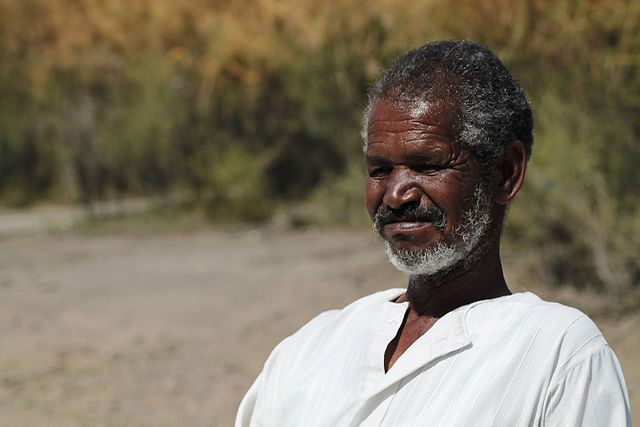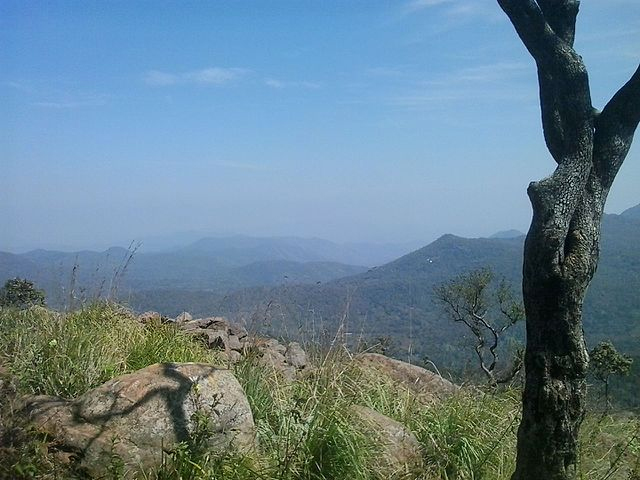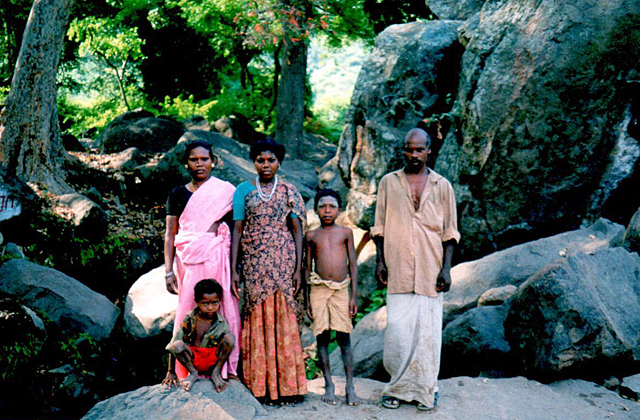The Blue Belt Programme, developed by the UK government to promote a thorough study of the marine environment surrounding its South Atlantic islands, is generating some interesting scientific results. A report published last week by one of the scientists who participated in the voyage of a research vessel earlier this year in the waters of Tristan da Cunha described the data the researchers have gathered so far.

Sean Burns, Tristan Administrator, discussed the background of the program in July last year. He wrote that the government of Tristan committed the Islanders to protecting the marine environment and to cooperating with the UK in implementing a strategy that would be based on the best scientific information possible. The UK provides funding to the Marine Management Organization (MMO) and the Centre for Environment, Fisheries and Aquaculture Science (CEFAS), which provide the scientific expertise for the study of the vast areas of water that surround the British Overseas Territories in the South Atlantic.
Burns argued that the Tristan Islanders are quite proud of the way they have protected the marine environment, and rightly so. But the Islanders are aware that they could use some help. They need assistance in establishing a better monitoring program for their waters, such as surveillance patrols to help control the illegal fishing that goes on in their region. They would like to establish the seas around the islands as a Particularly Sensitive Sea Area to try and keep out large ships with dangerous cargoes and to prevent accidents such as the wreck of the MS Oliva in 2011. Also, their fisheries patrol boat needs to be refurbished.
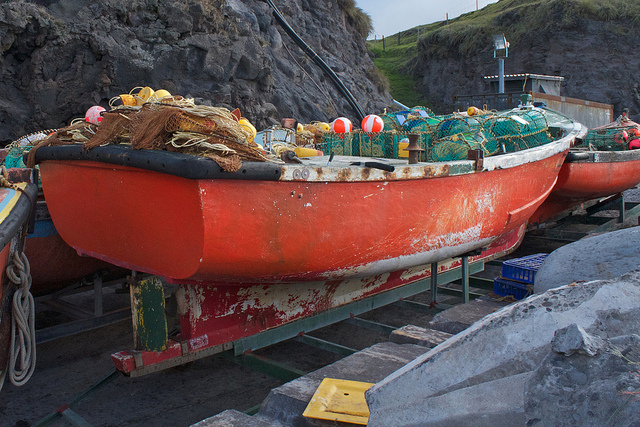
In his comments at a workshop held on July 27, 2017, for a wide range of stakeholders, Burns made it clear that the program was not something designed to fix a problem—the marine ecosystem was in good shape now. It was needed to protect the ocean for future generations. But, he added, the Island Council emphasized that all participants should recognize that the Islanders must continue to have the right to develop fishing possibilities as they might occur. The survival of the people on the island depends on a healthy, vital fishery, though everyone agreed that the fishing had to be done sustainably.
At the same workshop, James Glass, Director of Fisheries for Tristan, added to Burns’ comments by emphasizing how “Tristanians have a documented and laudable sense of stewardship for their marine & terrestrial environment.” To judge by his comments, they want to balance their desires to increase their revenues and their standard of living with the limitations of their natural environment—the seas that surround them.

According to the numerous documents in the Tristan Islanders’ Blue Belt website, the wide range of participants are all keen to protect and enhance the utilization of fisheries resources in the South Atlantic while increasing the scientific knowledge of the sea and the life in it.
A news report in February 2018 mentioned that the Islanders were getting their kids involved in the environment. The students at the grade school on the island, St. Mary’s School, were collecting plastic on the beaches. It is one way to get a handle on the extent of the trash that is polluting the waters around Tristan. What is in the water and where does it come from?
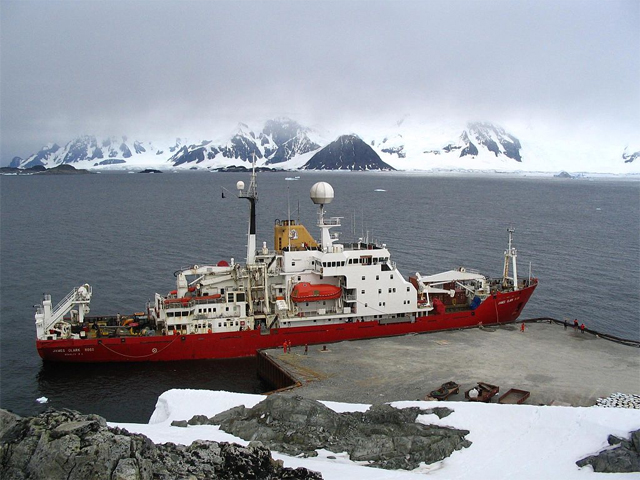
James Bell, a fisheries and ecosystems scientist with CEFAS, wrote an overview last week in the Tristan Times of the work of the scientists aboard the British research ship the James Clark Ross during its eight-day visit to Tristan waters in March this year. The scientists on the ship focused on mapping the seabed. They also concentrated on the biodiversity of the water column and the sea floor, the pelagic and the benthic ecosystems. Since the primary focus of the Tristan Islanders is on their lobster fishing, the main emphasis of the scientists around Tristan was on the benthic ecosystem.
In order to survey life in the sea, the scientists worked 24 hours per day with tools such as a mid-water trawl net that would open and close at different depths to take samples of living organisms. They took samples down to nearly 1000 meters below sea level in order to compare the diversity and abundance of life at different locations and depths.

Bell commented that the Tristan islands are noted for their diversity of seabirds, particularly species such as the Atlantic yellow-nosed albatross. Andy Schofield, from the Royal Society for the Protection of Birds, would see as many as 20 different species on some days before breakfast. Bell doesn’t say whether Schofield sent in his sightings to e-bird, as dedicated birders are wont to do. Another scientist, Steph Martin, a specialist in marine mammals, spotted sperm whales, an orca, and even a beaked whale.
Bell indicated that he and the other scientists will be analyzing the data they have gathered and will be preparing for another voyage, on the RRS Discovery, in March next year.
